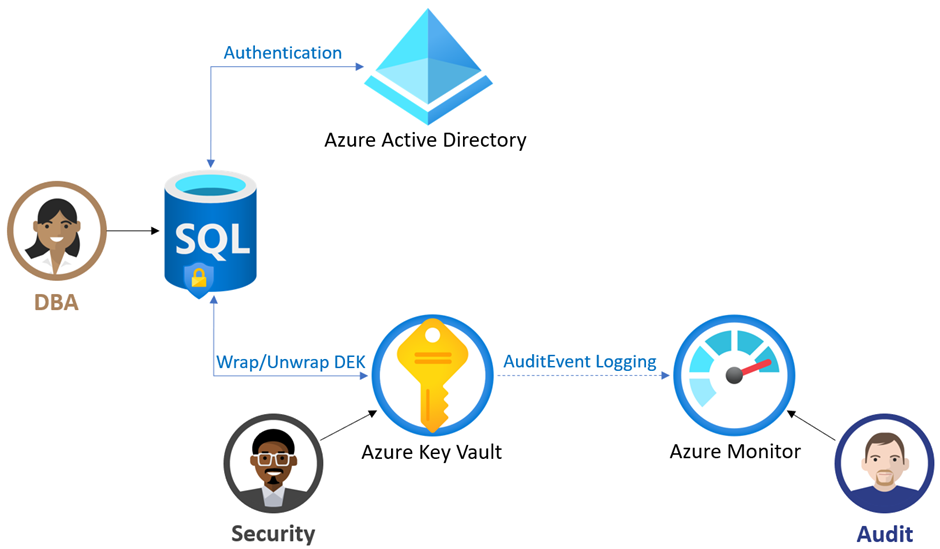SQL Server 2008 R2 failover cluster in Azure
- ALIF Consulting

- Mar 22, 2022
- 3 min read
Updated: Jun 12, 2024
Many businesses rely on SQL Server 2008 R2 failover clusters to manage their data. However, support for SQL Server 2008 R2 and for Windows Server 2008 R2 has ended. Regular security updates are no longer available.
Customers who would like to migrate to Azure often can't change their infrastructure. The Azure shared disk feature makes migration possible in this situation. With this feature and a Windows Server 2008 R2 failover cluster, users can replicate their on-premises deployment in Azure. There's no need for third-party software to manage shared storage.
With this solution, users can:
Keep their current infrastructure.
Rehost workloads in Azure with no application code changes.
Get free extended security updates for 2008 R2 versions of SQL Server and Windows Server
Use Case
This architecture benefits organizations that rely on SQL Server 2008 R2 failover clusters to provide fault-tolerant data management. Examples include businesses in reservations, e-commerce, and logistics.
Architecture

As part of a virtual network, an Azure Load Balancer redirects clients by associating a routable, private IP address with the cluster.
Two Azure virtual machines (VMs) run SQL Server 2008 R2 on Windows Server 2008 R2.
An availability set that includes the VMs guarantees the solution's redundancy and availability.
A server message block (SMB) file share witness provides an additional quorum vote to keep the cluster running after site outages.
An Azure shared disk makes it possible to attach a managed disk to both VMs simultaneously.
Key Components
Azure Load Balancers balance traffic inside virtual networks. This architecture uses an internal load balancer. This type uses a private IP address and distributes inbound traffic to back-end pool instances. The load balancer directs traffic according to configured load-balancing rules and health probes. The back-end pool instances can be Azure VMs.
Azure VMs are on-demand, scalable computing resources that are available with Azure. An Azure VM provides the flexibility of virtualization. But it eliminates the maintenance demands of physical hardware. Azure VMs offer a choice of operating systems, including Windows and Linux.
SMB file share witnesses are servers that support the SMB protocol and host a file share. Failover clusters use these servers to provide high availability. When a site outage occurs, a file share witness provides an additional quorum vote that keeps the cluster running.
Azure shared disk is a feature of Azure managed disks. These shared disks offer shared block storage that multiple VMs can access. You can use this feature to attach a managed disk to multiple VMs simultaneously.
Alternatives
A few alternatives to this architecture exist:
Migrate your workload to an Azure SQL Database service.
Purchase Extended Security Updates to use with your current implementation.
Move SQL Server 2008 R2 deployments to Azure VMs and use third-party software to manage shared storage.
Considerations
Keep the following points in mind when implementing this architecture.
Security considerations
This solution provides extended security updates for 2008 R2 versions of SQL Server and Windows Server for three years. Without extended support beyond that point, security breaches or data loss may result.
Scalability considerations
Windows Server 2008 R2 limits the number of nodes, or servers in the failover cluster, to 16.
Other considerations
The Azure shared disk feature only works with ultra disks and premium SSDs. Among those disk types, only certain disk sizes support sharing.
Use the Azure pricing calculator to explore the cost of running this scenario.




Comments